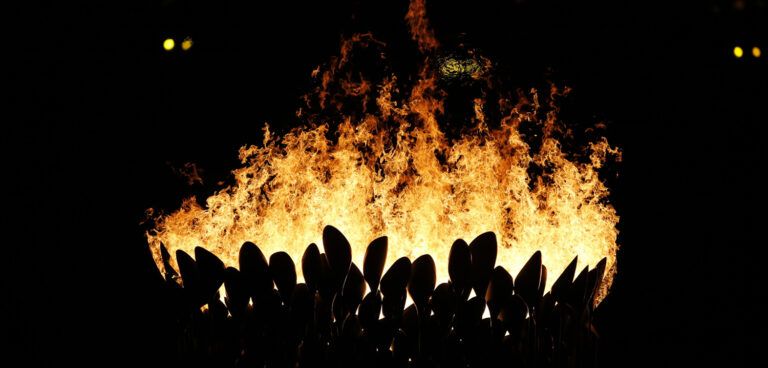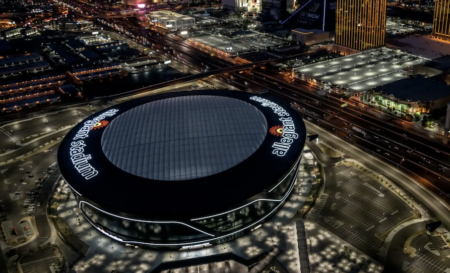The International Olympic Committee (IOC) has created a new guide to outline how the planning, design and construction of new sports venues can avoid negative impacts on nature, and also help conserve local wildlife.
Events such as the Olympic Games often require the construction of new sports stadia and arenas, which can come at the cost of nature if not careful.
During the planning phase for the Sydney 2000 Olympic Park, a colony of the threatened green and golden bell frog was discovered within the proposed site of the Olympic tennis venue. The venue was therefore moved elsewhere within the Olympic Park, where there were no ecological constraints.
Examples like this are common, which is why the IOC in partnership with the International Union for Conservation of Nature (IUCN) has created a guide called Sport and Biodiversity: Guidelines for mitigating biodiversity impacts of new sports venues.
Released at the United Nations Environment Assembly taking place in Nairobi, Kenya, it offers the global sports sector detailed guidance on how to integrate biodiversity considerations into the development of sports venues, and identifies ways in which such developments can enhance nature conservation.
“A healthy environment is essential for the long-term viability of the sporting industry, as well as for the athletes and communities who invest in it,” said IUCN director general Inger Andersen, the incoming executive director of UN Environment.
“It is in everyone’s interest to ensure new sports facilities minimize their impacts on biodiversity and safeguard healthy outdoor areas for future generations.”





